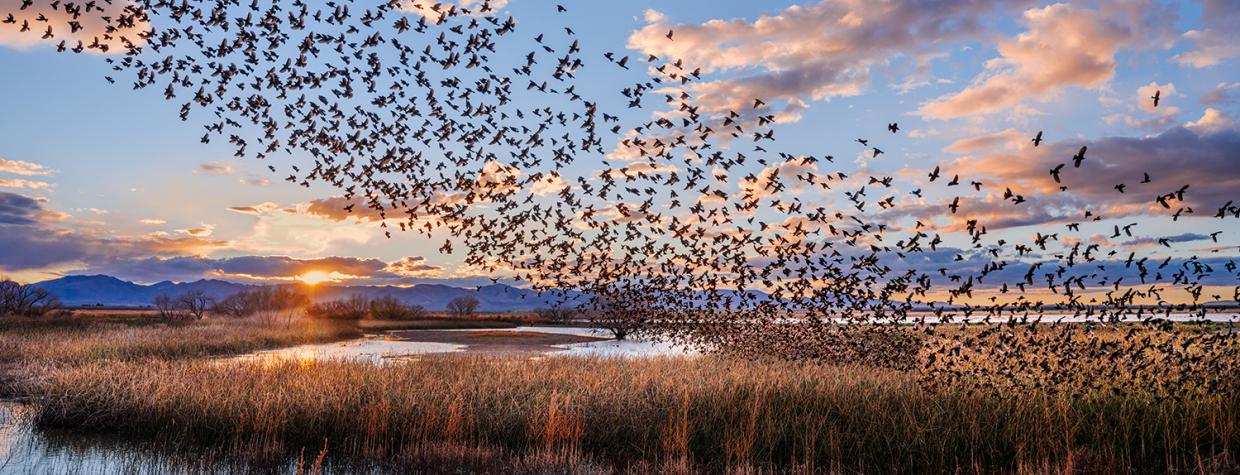I get a lot of questions about submitting photographs to the magazine. In essence, the submission process is a job interview, and you have to convince me that your work will maintain or even raise our standards. Before you do that, there are a couple of things you’ll need to consider: First, have you taken a good look at the magazine recently, and second, does your work and style match up with the kinds of things we publish? Next, ask yourself this: What do you offer that’s different? Do you have a unique way of seeing what’s out there? It’s OK to learn from the accomplished photographers by emulating their work, but I’m not looking for replicas. My job is to find photographers who see familiar places with a fresh perspective.
If you can clear those hurdles, send me an email ([email protected]) with a proposal and a half-dozen JPEGs, and I’ll take a look. If you’re not ready, that’s OK, too. Here’s a thought on how you might get there: Start by creating a personal project. Ask yourself: What am I passionate about? If this were a homework assignment and I could shoot only one thing, what would it be? Once you’ve narrowed that down, think about a narrative that allows you to share your enthusiasm.
Consider this photo by Jack Dykinga. Jack’s a seasoned veteran who’s been shooting wildlife for decades. On one of his outings, he became fascinated with flocks of blackbirds moving in sync, creating fantastic visual displays. He worked for more than two years to get this image.
This photo came about in stages. Jack’s initial shots were made using long telephoto lenses, keying in on the sheer density of the flock. Once he was satisfied with the tight shots, he decided to pull back and include the environment for the aerial display. Switching camera systems from a full-frame DSLR, he chose to make this image with his 100-megapixel, medium-format Fuji camera equipped with a 30 mm wide-angle lens. This camera and lens combo gave him amazing edge-to-edge sharpness and phenomenal dynamic range. And, of course, the sunset timing of this photograph was no accident.
When I asked Jack how this shot came together, he said, tongue-in-cheek, that it was the product of a 60-year internship. That’s one example of the dedication it takes to become an Arizona Highways contributor. But it also comes down to the basics: hard work, perseverance and passion — both for your subject and for the art of photography.
Do you have a question about photography? Email it to [email protected], and our photo editor, Jeff Kida, will try to answer it in a future issue.

